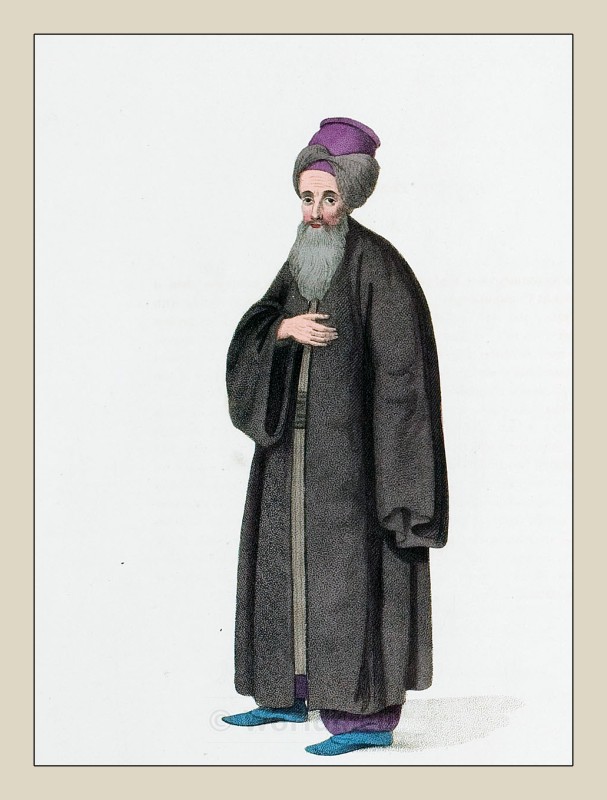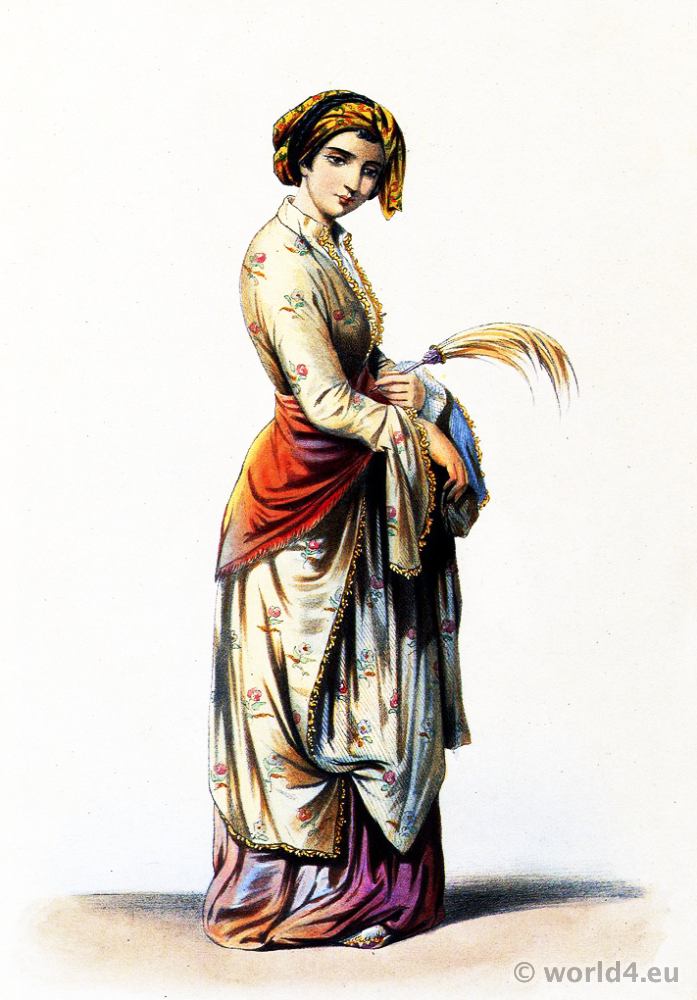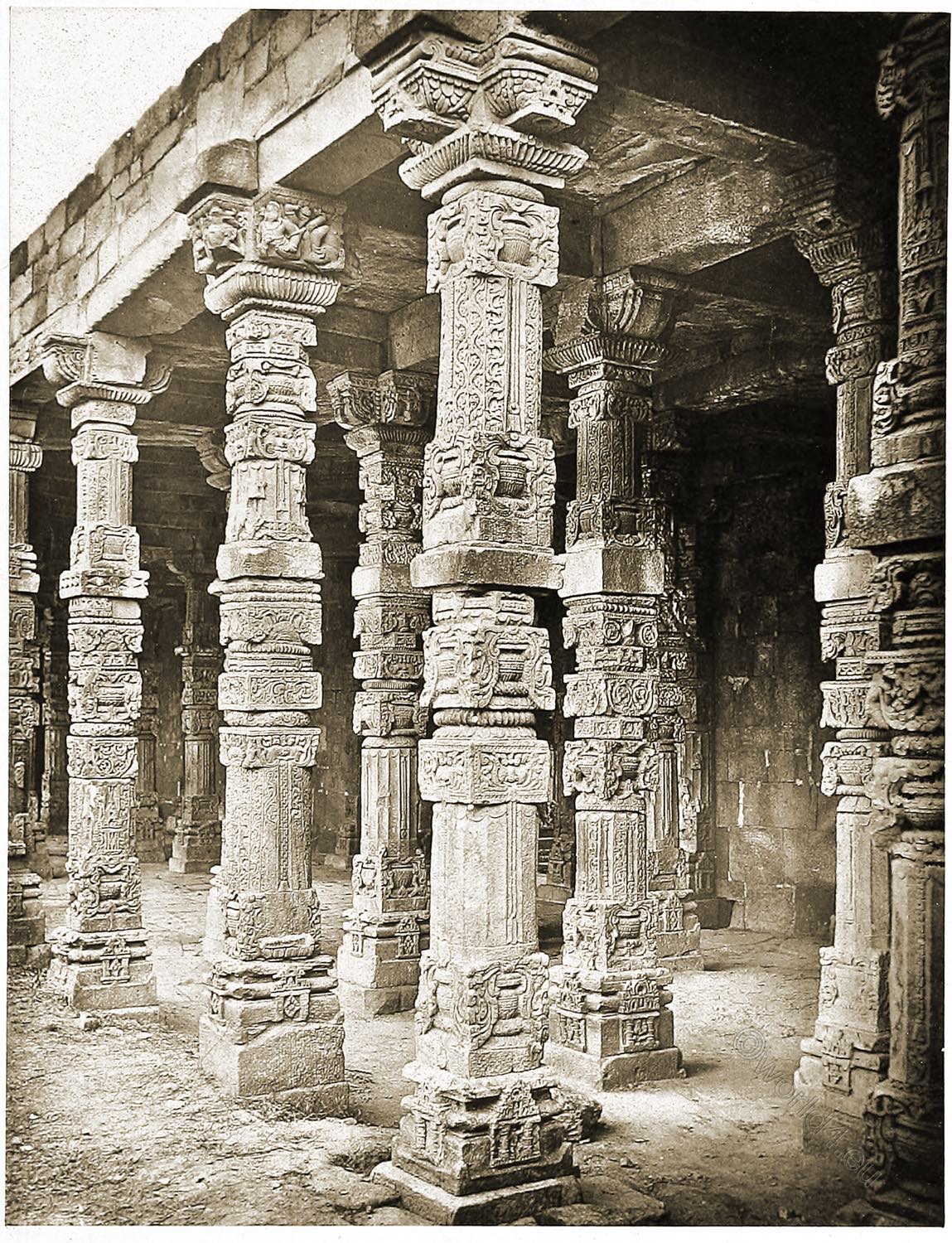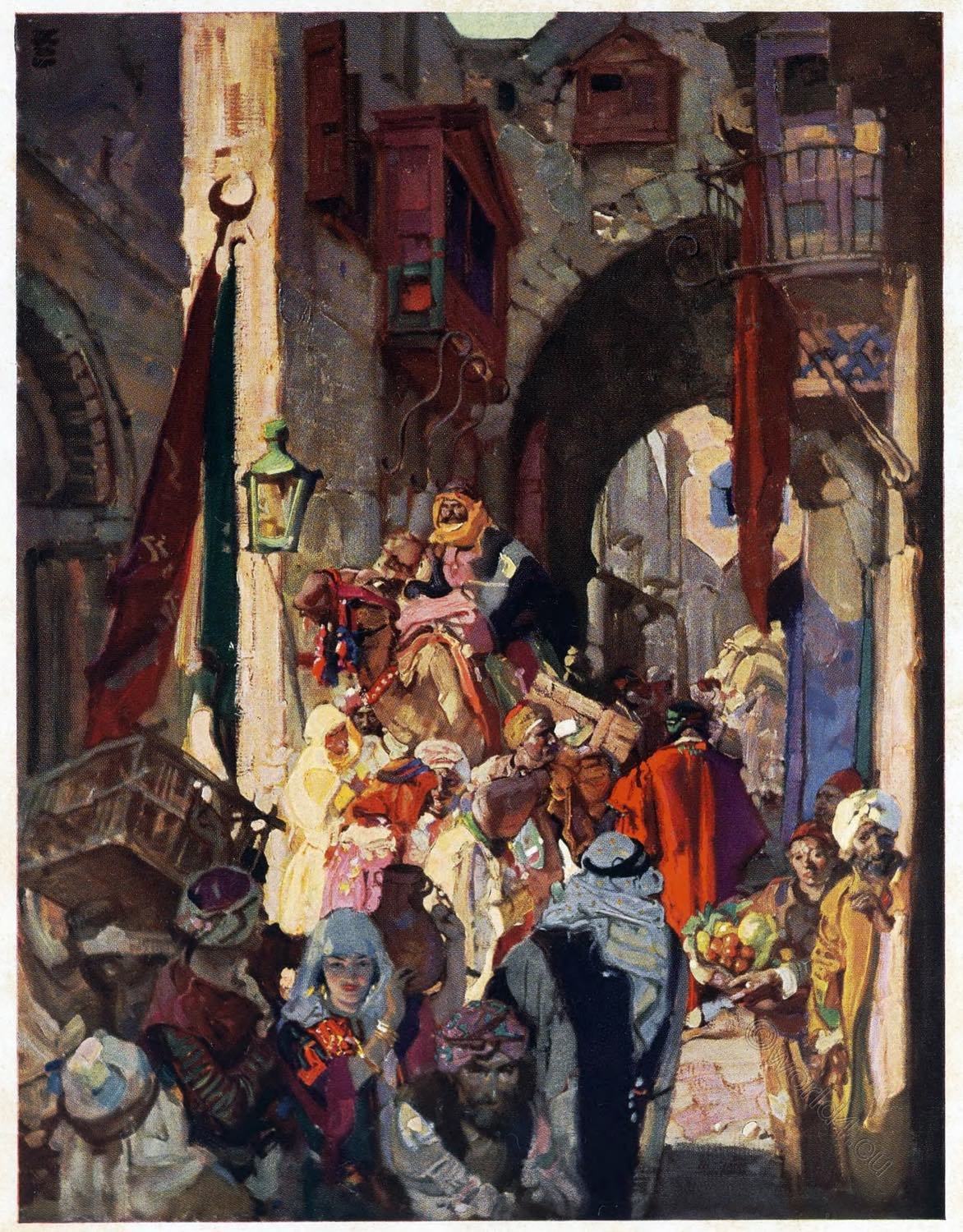Pera was the name of a district of Constantinople. It was located north of the Golden Horn in the European part of the city. Today it is part of the Beyoğlu district of Istanbul. The word Pera means ‘over there’ in Greek, referring to its location opposite the Old City, on the other side of the Golden Horn. At the time of the Byzantine Empire, the unsettled area was called Pera Fields.
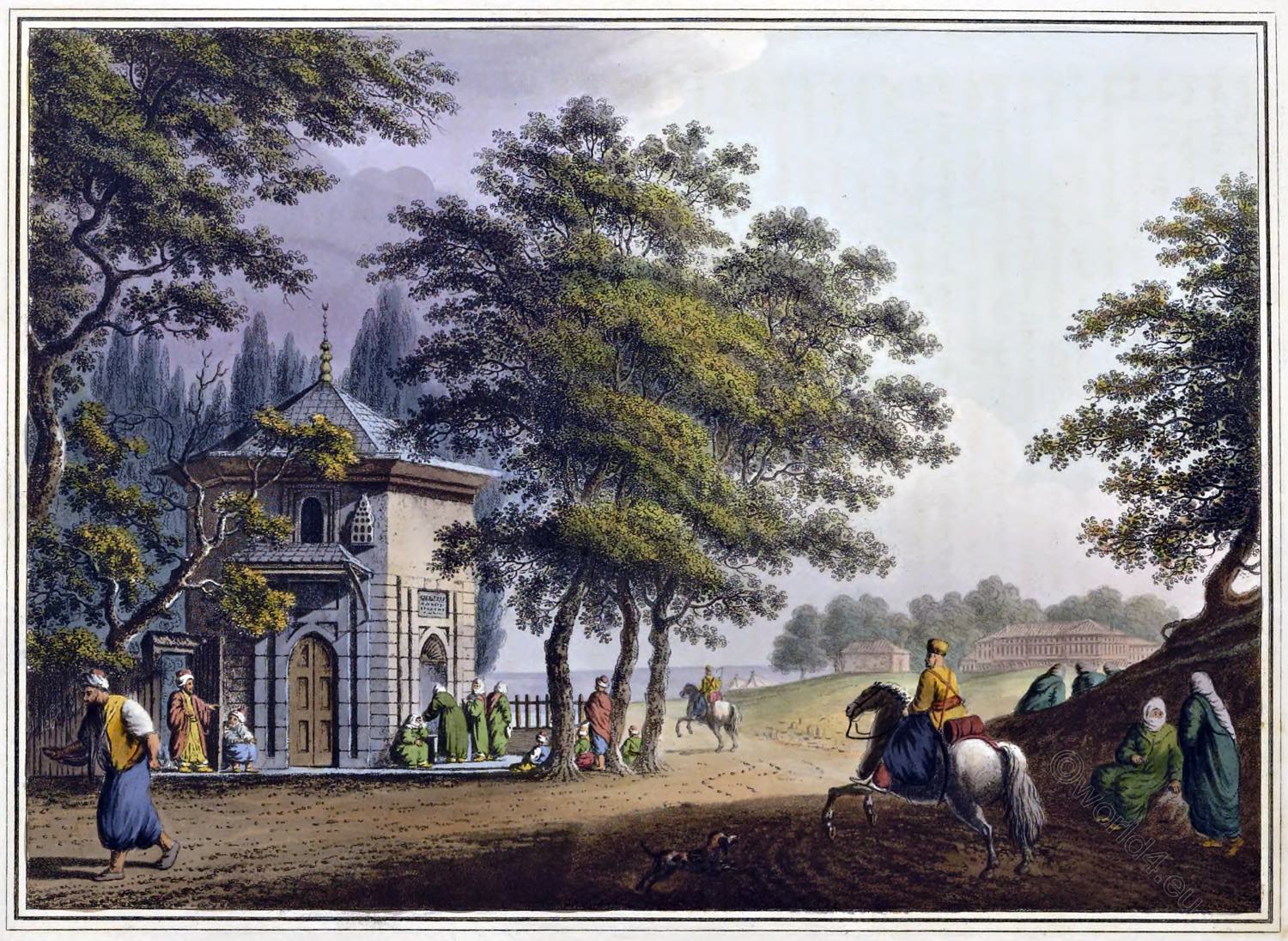
PERA.
PERA is one of the suburbs of Constantinople, or more properly a quarter of the great suburb of Galata, on the north side of the harbor, and opposite Seudar.
It stretches for more than two miles along the summit of a lofty hill, commanding diversified and beautiful views of the grand seraglio, and principal buildings of the city, with the vessels in the harbor, and a great part of the coast of Asia; and is considered as the most salubrious spot about Constantinople. It is inhabited by Greeks, Armenians, and Jews, with a considerable number of Roman Catholics, who have at their head a Romish ecclesiastic with the title of archbishop.
The ambassadors of England, Sweden, and Holland, have domestic chapels for protestants; and a general toleration is either allowed, or winked at. Almost all the envoys and ambassadors from different countries have their winter residence in this suburb. The envoy from Russia is supported by his court in extraordinary splendor.
The streets are badly paved, and the houses are irregularly built. The women never appear abroad unless disguised by the mahramah *), which consists of two pieces of white muslin, one tied under the chin, enveloping the head, and the other across the mouth and part of the nose. Yellow boots are drawn over the feet, and a loose kind of riding-coat, called seredje, with a large square cape hanging low behind, is universally worn by the Turkish women, who thus equipped may walk in the public streets without scandal. The last-mentioned garment is generally of green cloth, a color no Christian is permitted to wear.
*) Mahramah محرمة (pl. Mahramāt محرمات) woman who is permanently forbidden to the man for marriage. I.e. his mother, stepmothers, grandmother, great-grandmother, sister, half-sister, daughter, granddaughter, etc
The female figures in the print annexed may convey some idea of this dress. The view represents a small mosque and fountain at the entrance of the town, and is taken from the north part, call eel the Burying Ground. The figures on horseback are Tatar couriers, or messengers of government, who are under the immediate orders of the Bashaw and his ministers; their dress consists of a yellow cap, the lower part covered with black lambskin; a cloth coat, wrapping round the body, with short wide sleeves; blue trousers, made very wide, and buttoned tight round the small part of the leg; and strong red boots, which are drawn over the trousers as high as the calf of the leg. The stirrups are plates of iron nearly as long as the fool.
A large Turkish sabre is also hung at tIle belt. The figure in the left hand comer of the view represents a water carrier, with his leathern hag’ slung over his back, carrying water through the streets for sale.
The inscriptions which are affixed over the entrance of the mosques are in general sentences from the Koran.
Source: Views in the Ottoman dominions: in Europe, in Asia, and some of the Mediterranean islands by Luigi Mayer; Sir Robert Ainslie; William Watts, engraver; Thomas Bensley, printer; Robert Bowyer, publisher. London: Printed by T. Bensley, Bolt Court, Fleet Street, for R. Bowyer, 80, Pall Mall, 1810.

